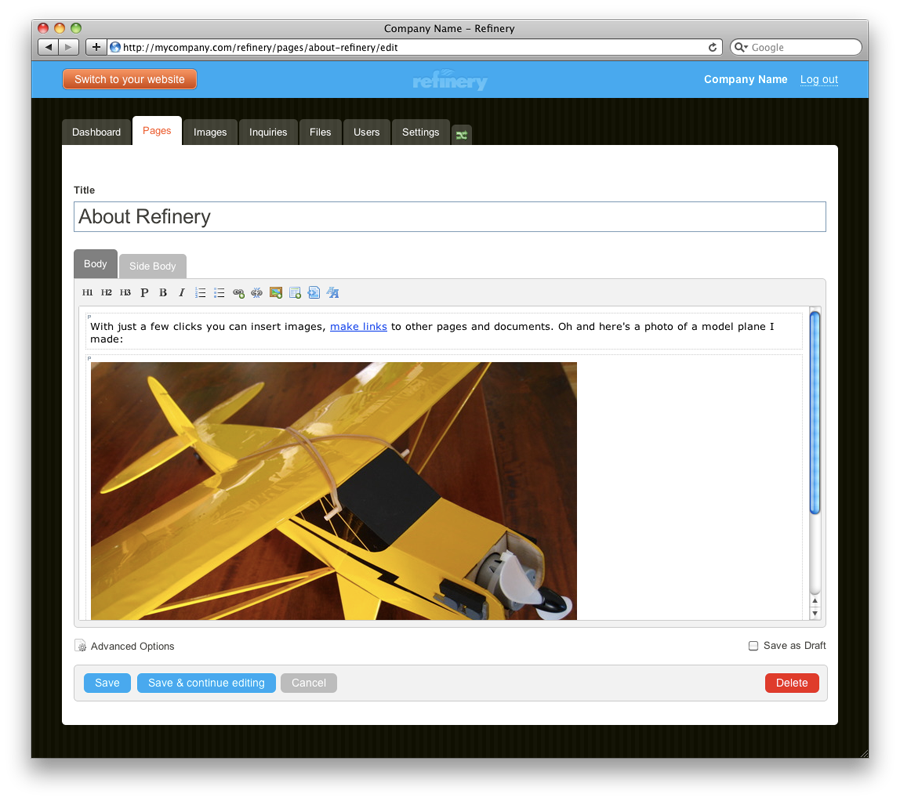Mastering the Art of Multi Cloud Management Platforms for Optimal Efficiency: Your Guide to the Top Three Picks
As digital transformation reshapes the business landscape, survival often hinges on adaptability and the ability to streamline and manage complex architectures. One such architectonic shift businesses face involves the adoption of multi-cloud strategies. But what's multi-cloud management?
Multi-cloud management can be defined as the use of multiple cloud computing and storage services in a single heterogeneous architecture. The concept is often associated with avoiding vendor lock-in, increasing flexibility and optimizing costs. To help navigate through the complexity of multi-cloud environments, businesses might look to multi-cloud management platforms.
Let's delve into how these platforms bring value by facilitating optimal and efficient resource orchestration, automating operational procedures, managing costs, and ensuring the business can continually drive towards their strategic goals. As we embark on the journey, our spotlight is trained on three top-tier multi-cloud management platforms, exploring their key features, benefits, and what sets them apart. It's all about empowering your business to harness the full potential of multi-cloud.
The Game-changer: IBM Multi-cloud Manager

A leading contender in the multi-cloud management arena is IBM's Multi-Cloud Manager. This powerhouse platform is designed on a Kubernetes-based, open-source framework, which allows for flexibility in integrating and managing multiple cloud solutions.
The main value proposition of IBM's Multi-cloud Manager lies in its integrated user-friendly dashboard that provides centralized visibility. This single-pane-of-glass interface facilitates smoother handling of tasks and applications across different cloud environments. This means accessibility to all your cloud resources at a glance – a massive step towards efficiency!
Cost-optimization is another key feature here. The platform’s robust analytical tools offer a clear insight into usage patterns and predict future expenditure. More so, its built-in security and compliance checks ensure you stay within industry standards. But what about the other two top picks?
Enabling Innovation: Microsoft Azure Arc

Microsoft Azure Arc is another force to reckon with in multi-cloud management. Its uniqueness lies in its ability to run Azure services and manage resources anywhere - on-premise, edge locations, or even multi-cloud.
Azure Arc is known for its superior policy enforcement. It provides a unified management platform where users can define compliance rules and enforce them across all services, ensuring consistency and reducing human error. This flexible architecture also scales applications across environments using Kubernetes.
Arguably, its most innovative feature is Azure Arc-enabled data services, which promises Azure SQL Database and PostgreSQL Hyperscale - wherever you need them. This means you can run data services in your data center, at the edge, or even in a multi-cloud setup!
Flexibility in Focus: Google Anthos

Lastly, we traverse the Google landscape with Anthos, a modern application management platform that provides consistent development and operations experience across cloud and on-premises environments.
The stand-out feature of Google Anthos is the service mesh, which provides a uniform way to connect, manage, and secure microservices. Given the complexities of traffic management in multi-cloud environments, Anthos’ service mesh is undoubtedly a game-changer!
Further, its adherence to open standards means it provides more flexibility than many competitors. Anthos automatically updates and patches software, doing all the heavy lifting while your team can focus on strategic tasks.
It's clear that the art of mastering multi-cloud management platforms is an evolutionary process. And it’s no longer about the question of multi-cloud, but the question of 'which one?' It doesn’t end here, though. Continual learning, experimentation, and adaptation are critical in this journey. With these three platforms front and center, the multi-cloud management journey just got a little bit clearer!







